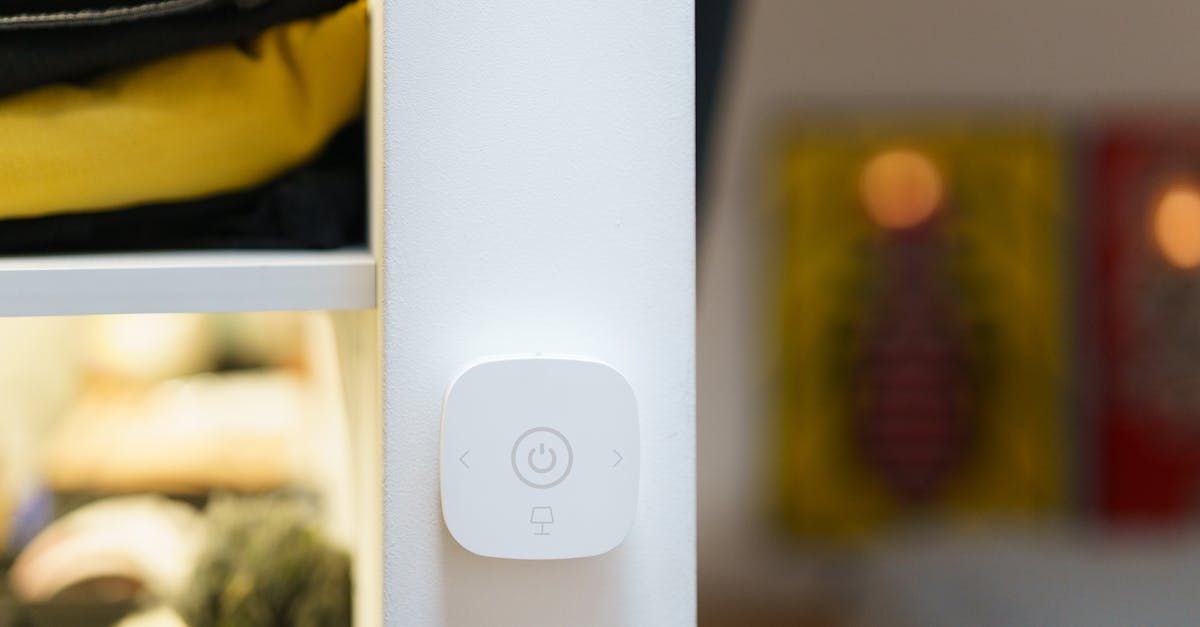
Smart home technology integration can enhance the comfort, security, and efficiency of your home. By incorporating advanced systems and devices, you can control various aspects of your home environment through a centralized platform. In this article, we'll explore the benefits, real-world applications, and how this technology can be seamlessly integrated into your custom home build or renovation.
Key Takeaway
Smart home technology enhances security, energy efficiency, and convenience. Integration can include lighting, heating, security systems, and entertainment. Effective planning and installation are crucial for seamless functionality. Long-term benefits include increased property value and reduced utility costs.
Smart home technology integration refers to connecting various smart devices and systems within a home to a single network, allowing them to communicate and be controlled collectively. This can range from simple setups, like smart thermostats and lighting, to comprehensive systems that include security cameras, smart locks, and voice-controlled assistants.
Benefits of Smart Home Integration
- Convenience: Control multiple devices from a single app or voice command.
- Energy Efficiency: Smart systems can optimize energy usage, reducing costs.
- Security: Enhance the safety of your home with integrated security systems.
- Customization: Tailor the system to meet specific needs and preferences.
- Increased Property Value: Homes with smart technology are often valued higher in the real estate market.
Planning Your Smart Home
Before integrating smart home technology, it's essential to plan effectively. Consider the devices you want to connect and how they will interact. This planning phase ensures that the technology enhances your lifestyle rather than complicates it.
Assess Your Needs and Lifestyle
Think about how you use your home daily and which smart features would benefit you the most. For instance:
- Do you want to automate lighting and heating to save on energy bills?
- Are you looking to enhance security with smart locks and cameras?
- Would you enjoy the convenience of voice-controlled devices throughout your home?
Choosing the Right Devices
Research and select devices that best align with your needs. Popular categories include:
- Smart Thermostats: Adjust heating and cooling based on your schedule and preferences.
- Smart Lighting: Control lighting remotely and set schedules to save energy.
- Smart Security Systems: Monitor your home with cameras and receive real-time alerts.
- Voice Assistants: Use voice commands to control various devices and systems.
Integrating Smart Home Technology
The integration process involves connecting your smart devices to a central hub or network. This hub allows you to control and monitor all your devices from a single platform, typically through a smartphone app.
Centralized Control Systems
A central control system, like a smart home hub, is crucial for seamless integration. Popular hubs include:
- Amazon Echo: Connects with various smart devices and allows voice control via Alexa.
- Google Home: Integrates with Google Assistant to control smart devices.
- Samsung SmartThings: A versatile hub that supports a wide range of smart devices.
Installation Tips
Proper installation is essential for the effectiveness of your smart home system. Here are some tips:
- Centralize Your Hub: Place your central hub in a location where it can easily communicate with all connected devices.
- Ensure Strong Wi-Fi: A robust Wi-Fi network is vital for the smooth operation of your smart devices.
- Professional Installation: For complex systems, consider hiring a professional to ensure all devices are correctly installed and configured.
Integrating Home Security
Smart home technology offers advanced security features that protect your home and provide peace of mind. These systems include:
- Smart Locks: Control locks remotely and grant access to trusted individuals.
- Security Cameras: Monitor your home in real-time and receive alerts for suspicious activity.
- Motion Sensors: Detect movement and trigger alarms or notifications.
Real-Life Applications
Integrating smart home technology isn't just about convenience; it can significantly improve your everyday life. Here are some real-life scenarios:
Enhancing Home Security
Jane, a busy professional, often travels for work. With an integrated smart security system, she can monitor her home remotely, ensuring it's safe while she's away. The system includes smart locks, which she can control from her phone, and security cameras that provide real-time footage.
Optimizing Energy Usage
Tom and Lisa wanted to reduce their energy bills. They installed a smart thermostat and smart lighting system, which adjusts automatically based on their daily routines. As a result, they've seen a significant reduction in their monthly energy costs.
Simplifying Daily Tasks
The Smith family enjoys the convenience of voice-controlled devices. They use Amazon Echo to control their smart lighting, thermostat, and even their coffee maker. This integration has streamlined their daily routines and added a level of comfort to their home.
Future Trends in Smart Home Technology
The smart home technology landscape is continually evolving, with new advancements and trends emerging. Here are some of the future trends to watch:
Integration with Renewable Energy
Smart home systems are increasingly being designed to work with renewable energy sources, such as solar panels. These systems can optimize energy usage based on the availability of renewable energy, further reducing reliance on traditional power sources.
Advanced AI and Machine Learning
Future smart home systems will leverage advanced AI and machine learning to predict user preferences and behaviors. This will allow for even more personalized and efficient home automation.
Enhanced Interoperability
As more smart devices enter the market, there is a growing emphasis on interoperability. Future smart home systems will be able to seamlessly integrate devices from different manufacturers, providing a more unified and cohesive user experience.
Key Components of a Smart Home System
Understanding the key components of a smart home system can help you make informed decisions when planning your integration.
Smart Lighting
Smart lighting systems allow you to control your home's lighting remotely. You can set schedules, adjust brightness, and even change colors to create the perfect ambiance for any occasion.
Smart Thermostats
Smart thermostats learn your preferences and adjust the temperature accordingly. They can also detect when you're not home and adjust settings to save energy.
Smart Security Systems
These systems include smart locks, security cameras, and motion sensors. They provide real-time monitoring and alerts, enhancing the security of your home.
Smart Appliances
From smart refrigerators to smart washing machines, these appliances offer convenience and efficiency. They can be controlled remotely and even provide maintenance alerts.
Voice Assistants
Voice assistants like Amazon Alexa and Google Assistant allow you to control your smart home devices using simple voice commands. They integrate with various devices, providing a centralized control system.
FAQs About Smart Home Technology Integration
How Much Does It Cost to Integrate Smart Home Technology?
The cost of integrating smart home technology can vary widely based on the complexity of the system and the devices selected. On average, homeowners can expect to spend between $1,000 and $10,000 for a comprehensive setup.
Can I Install Smart Home Technology Myself?
While many smart home devices are designed for DIY installation, more complex systems may require professional installation to ensure proper functionality and integration.
Are Smart Homes Secure?
Smart home technology includes advanced security features, but it's essential to implement best practices, such as using strong passwords and keeping software up to date, to protect against potential vulnerabilities.
What Are the Long-Term Benefits of Smart Home Integration?
In addition to enhancing convenience and security, smart home integration can increase property value and reduce utility costs through optimized energy usage.
Best Practices for Smart Home Security
- Use strong, unique passwords for all devices.
- Regularly update software and firmware.
- Enable two-factor authentication.
- Monitor device activity for unusual behavior.
- Limit access to trusted individuals.
Conclusion
Smart home technology integration offers a wealth of benefits, from enhanced security to increased convenience and energy efficiency. Whether you're building a new custom home or renovating an existing one, incorporating smart technology can significantly improve your living experience. By planning effectively, choosing the right devices, and ensuring proper installation, you can create a seamless and intelligent home environment.
Key Takeaway
Integrating smart home technology into your living space can enhance convenience, security, and energy efficiency. With careful planning and the right devices, you can create a seamless and personalized smart home experience that meets your needs and lifestyle.
"We're Listening"
Kendrick Construction is owned and operated by Mark Kendrick, licensed general contractor, born and raised in Beaufort County.
Quick Links
Contact Information
All Rights Reserved | Kendrick Construction
Website Created by: Kickstart Local

